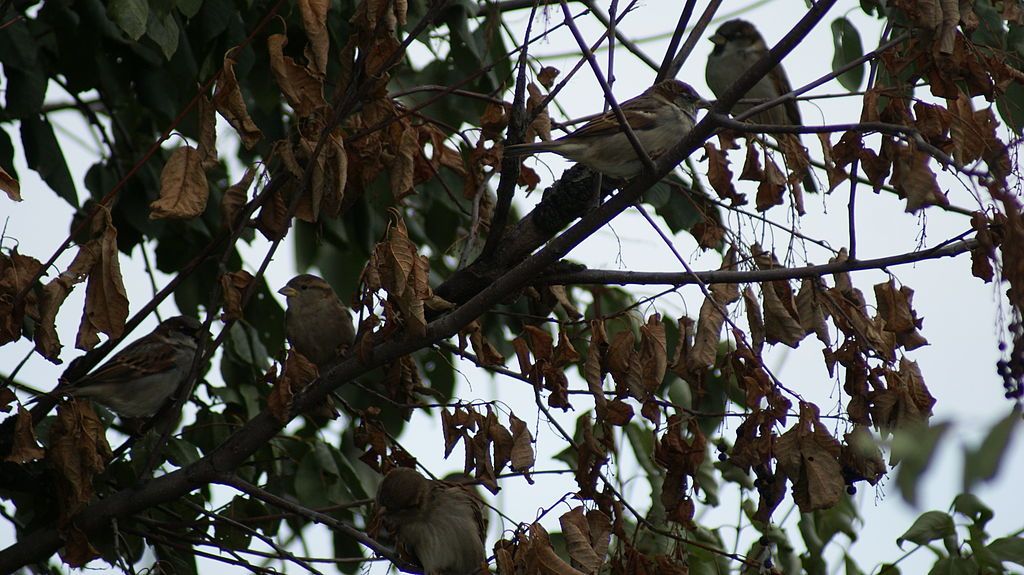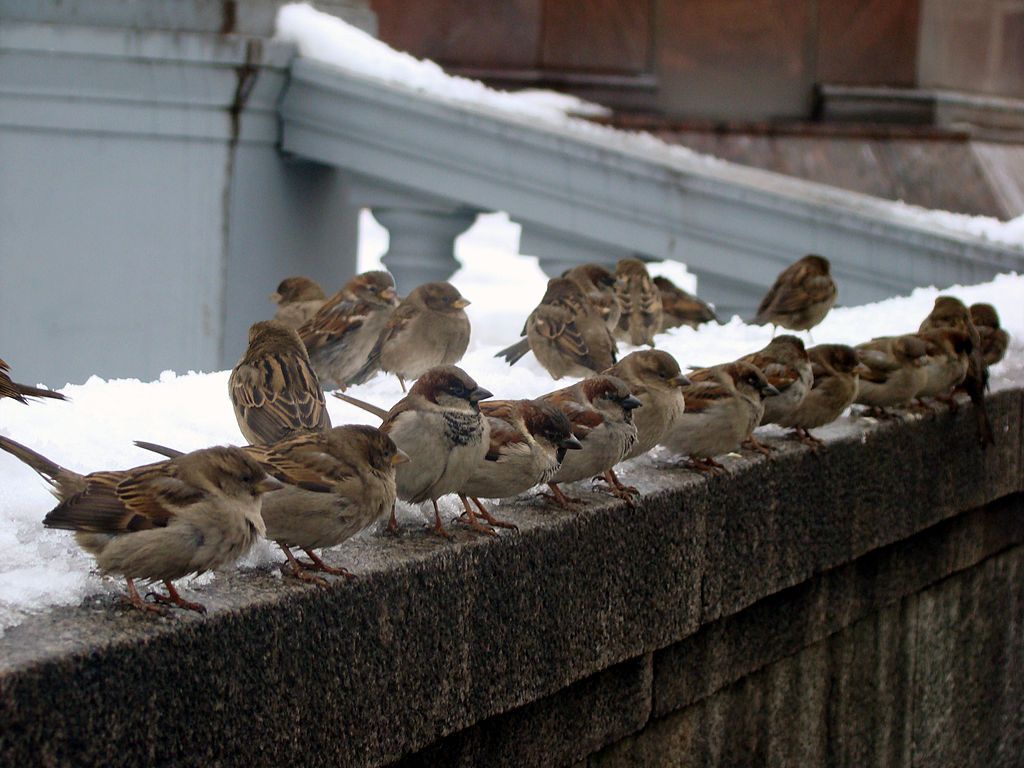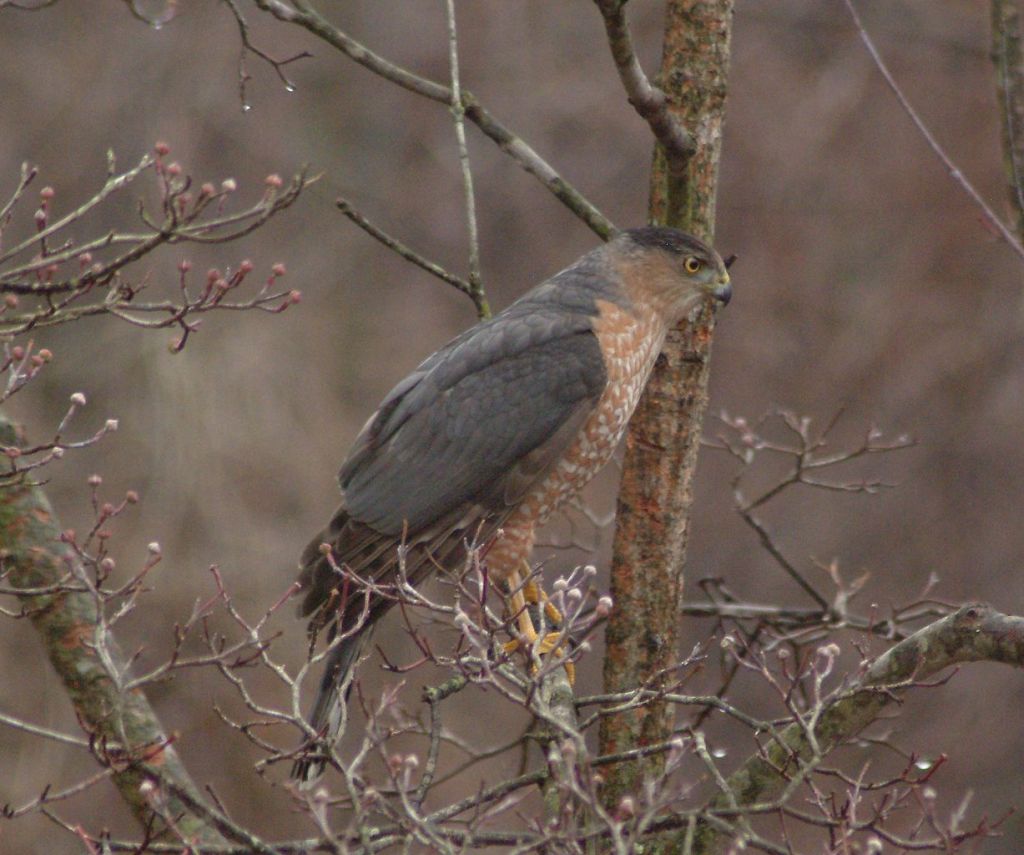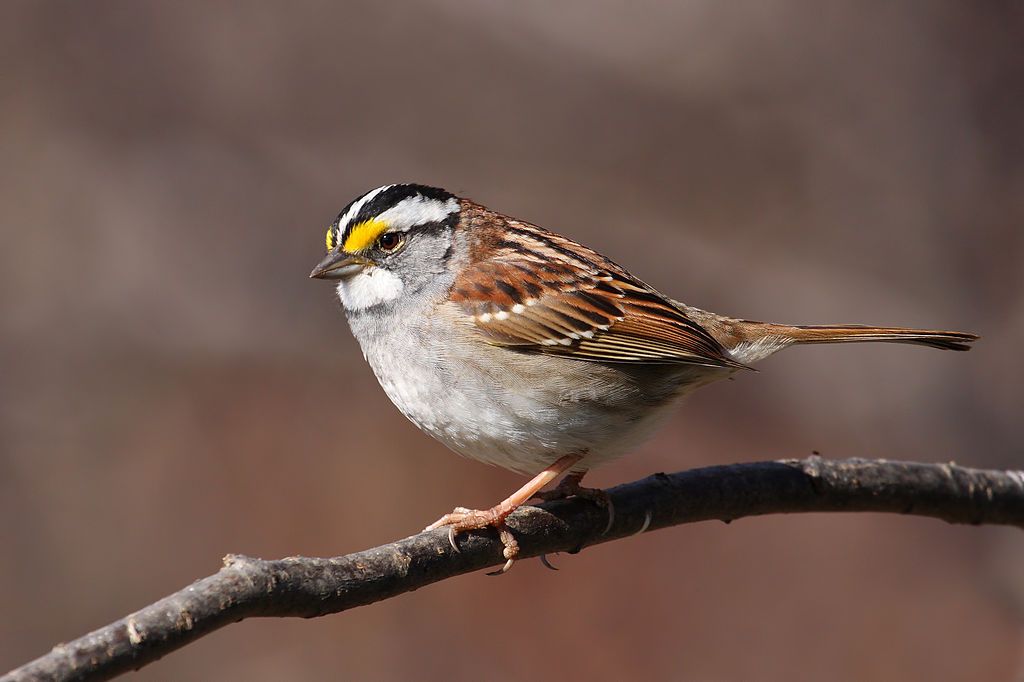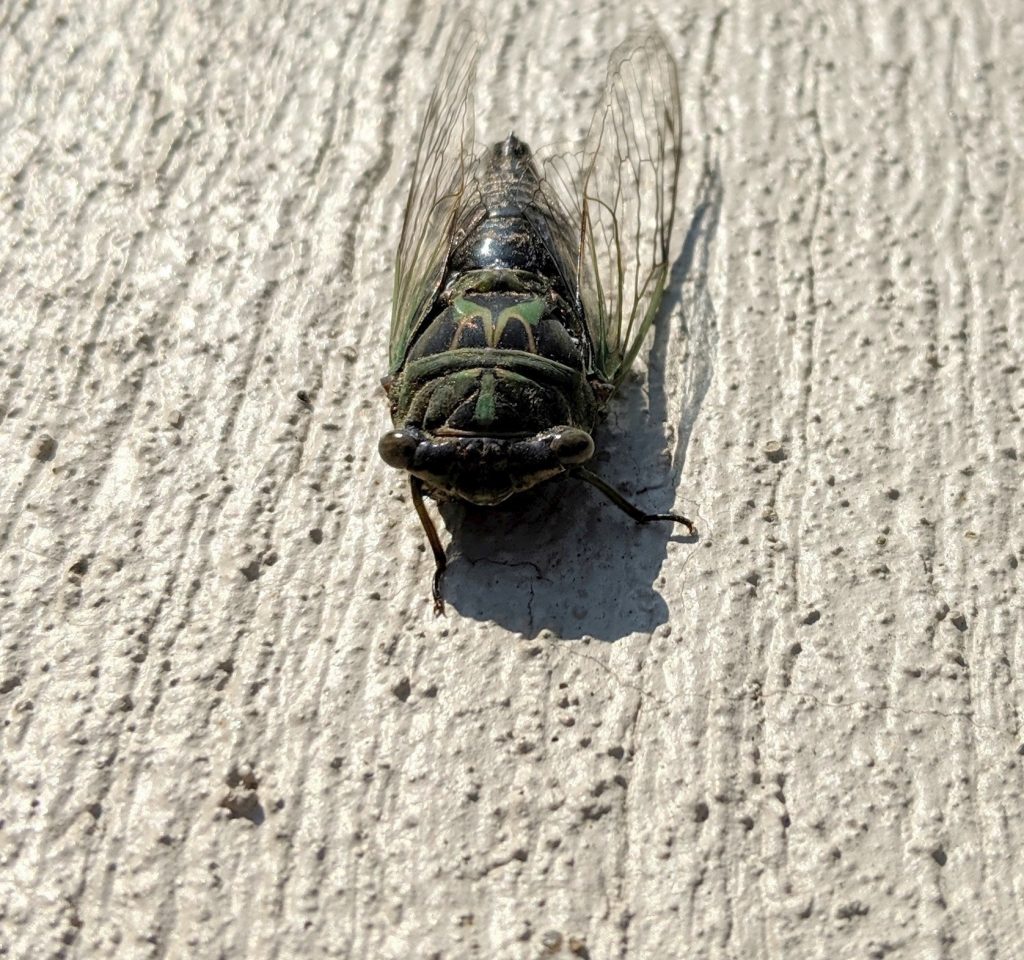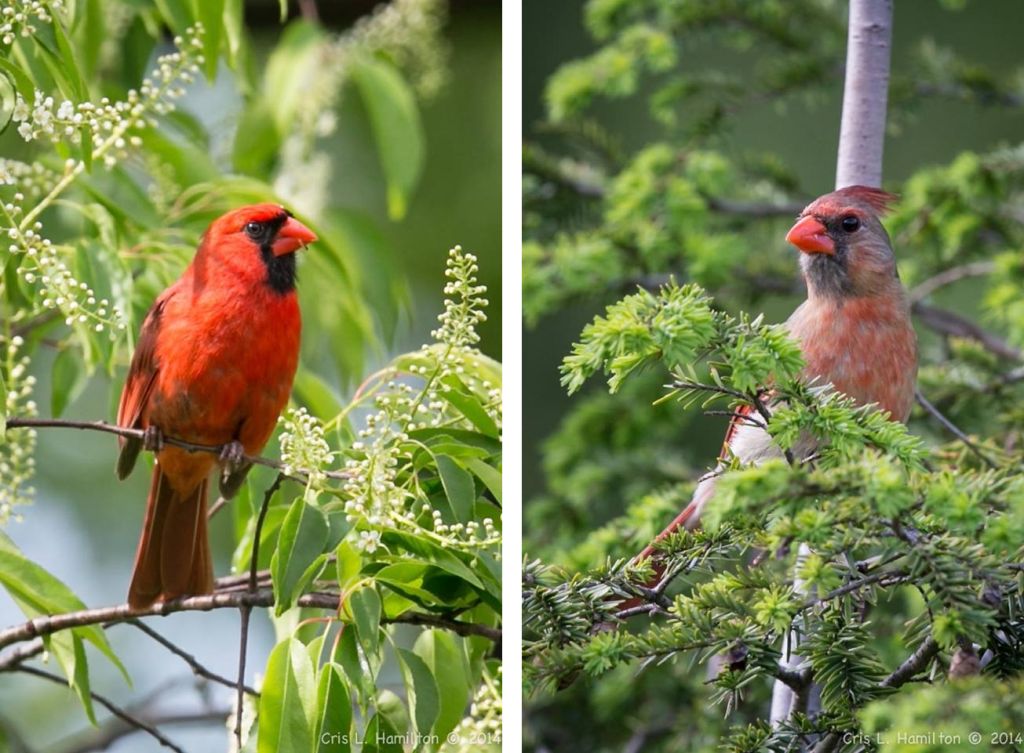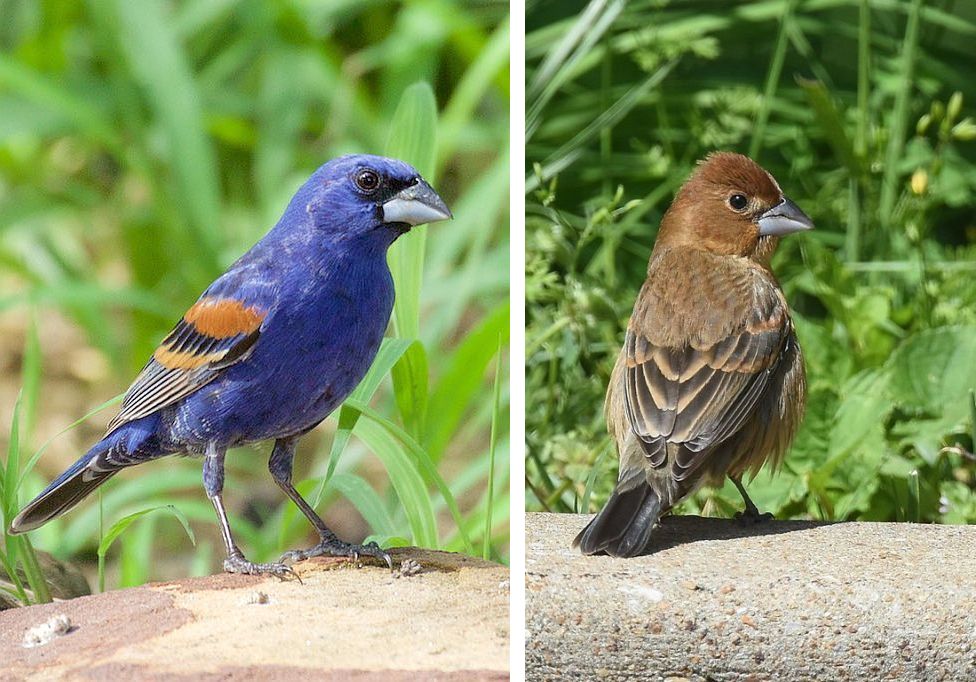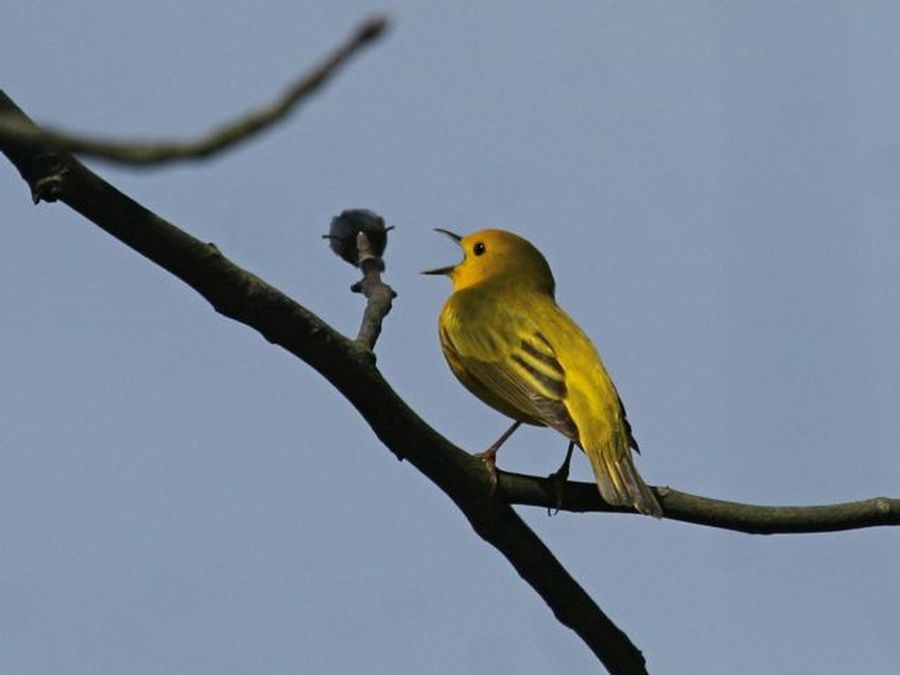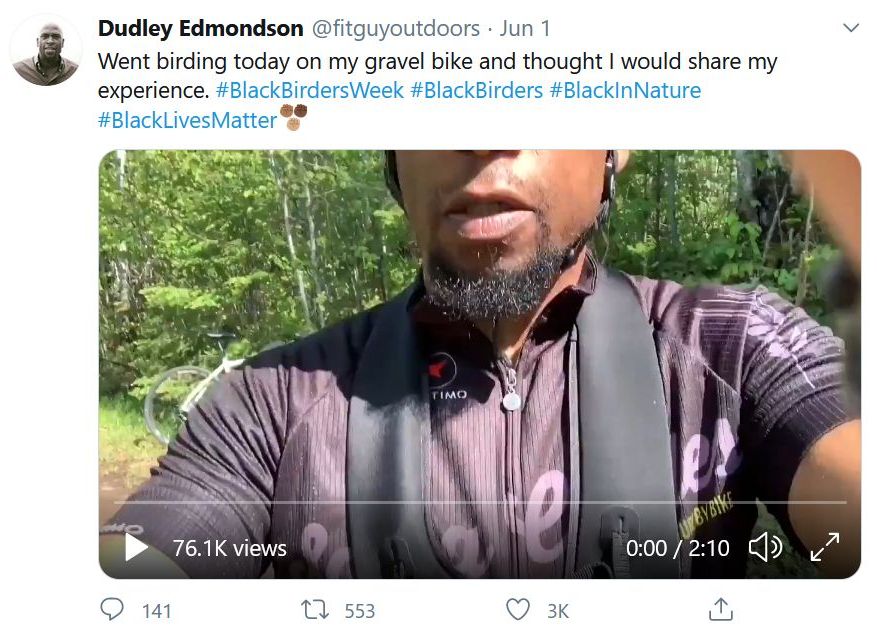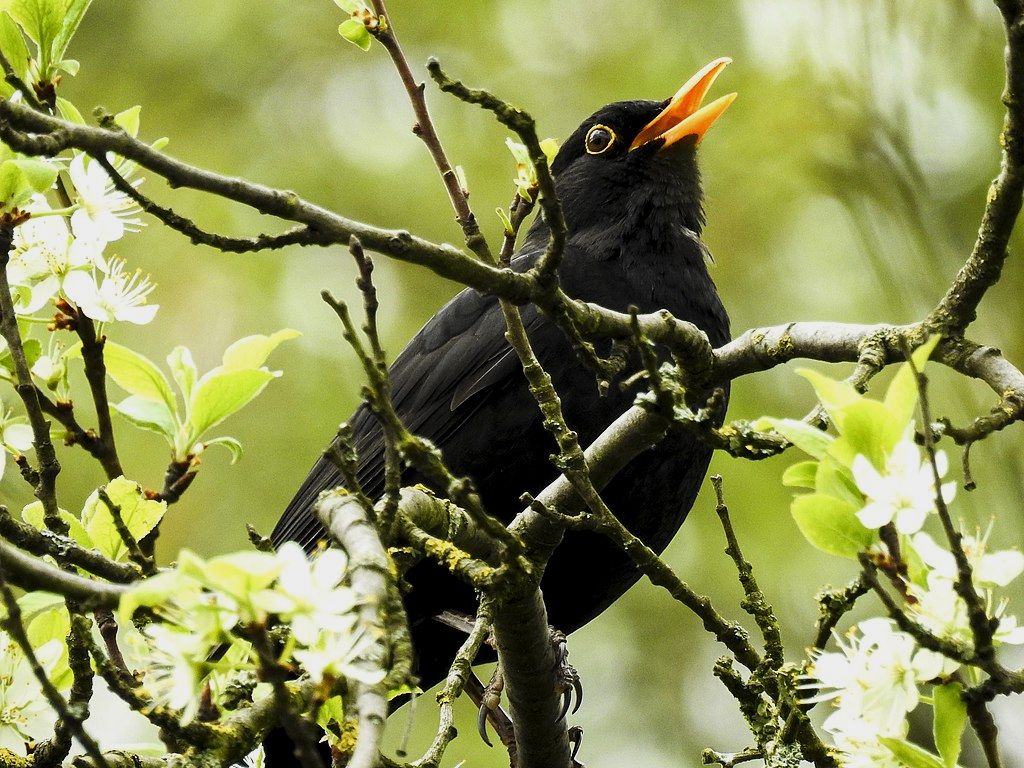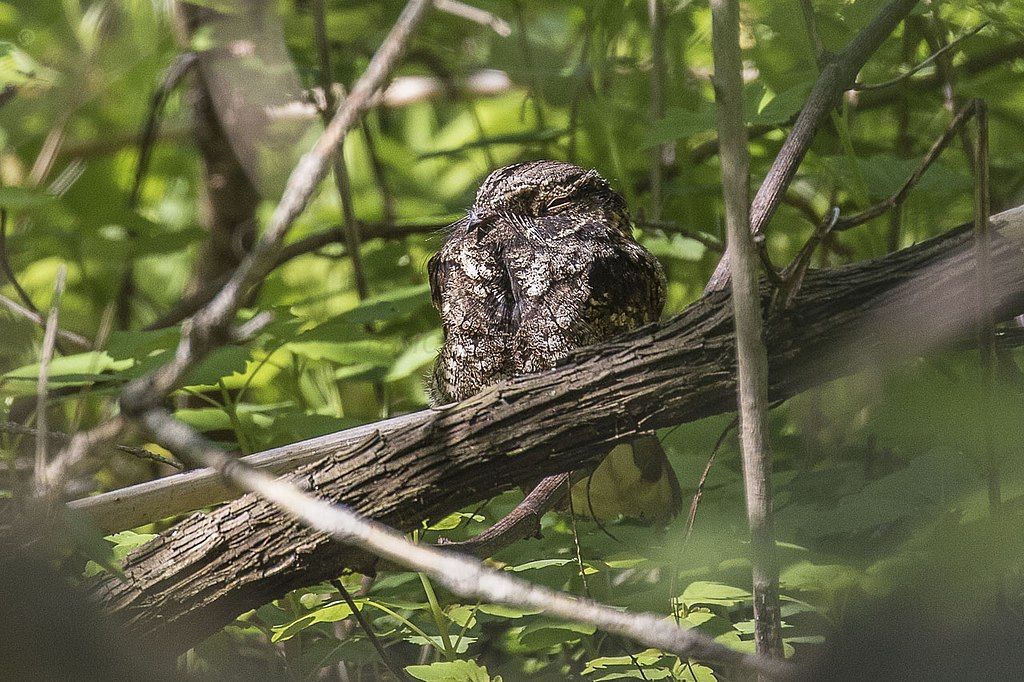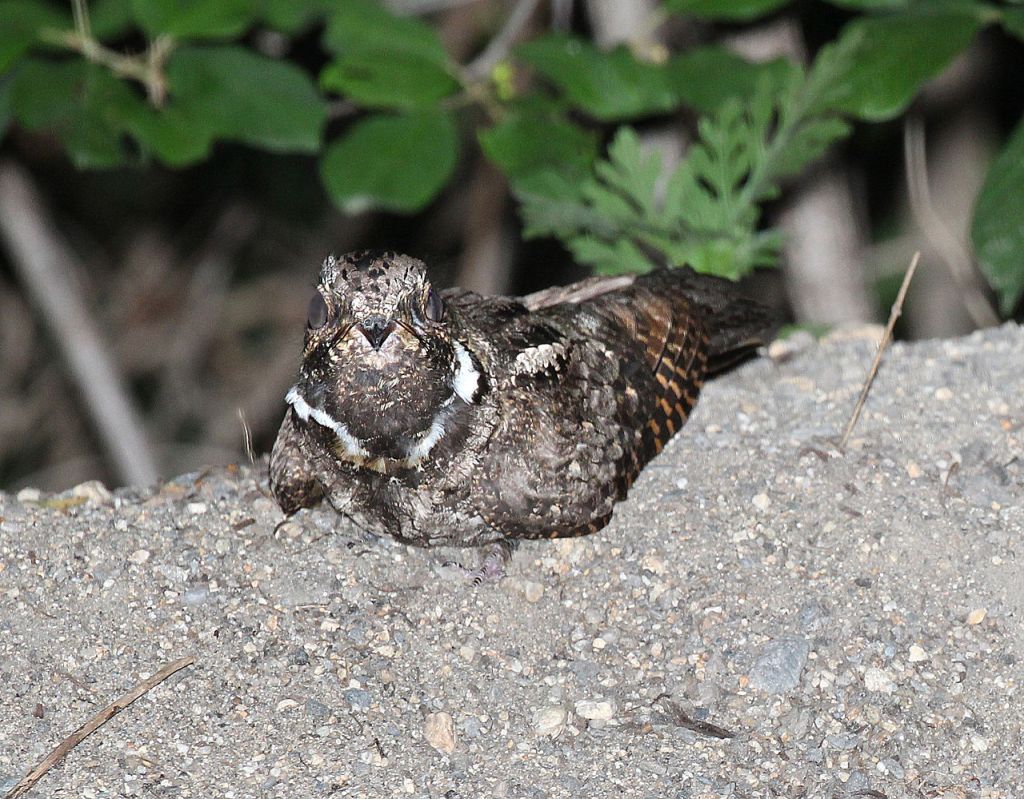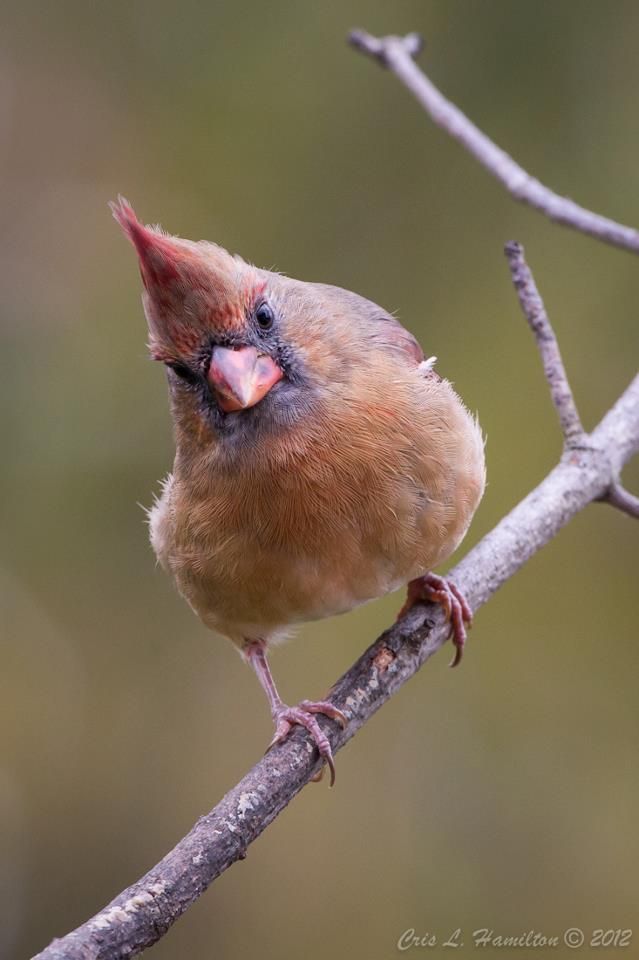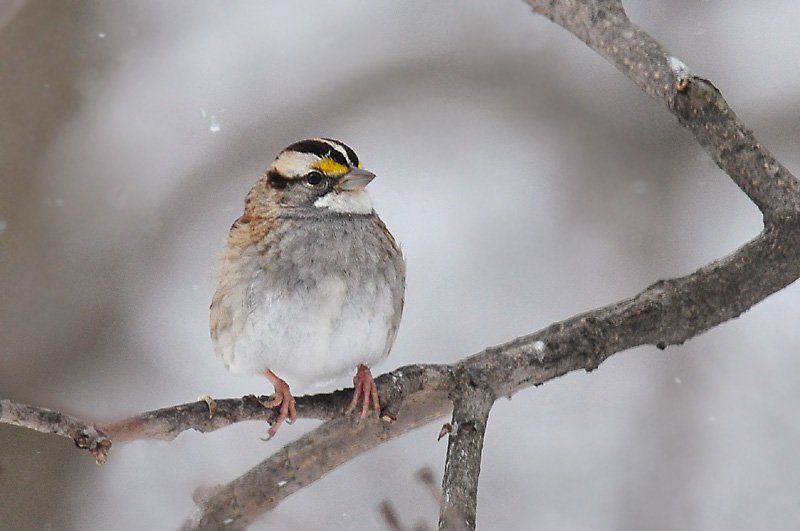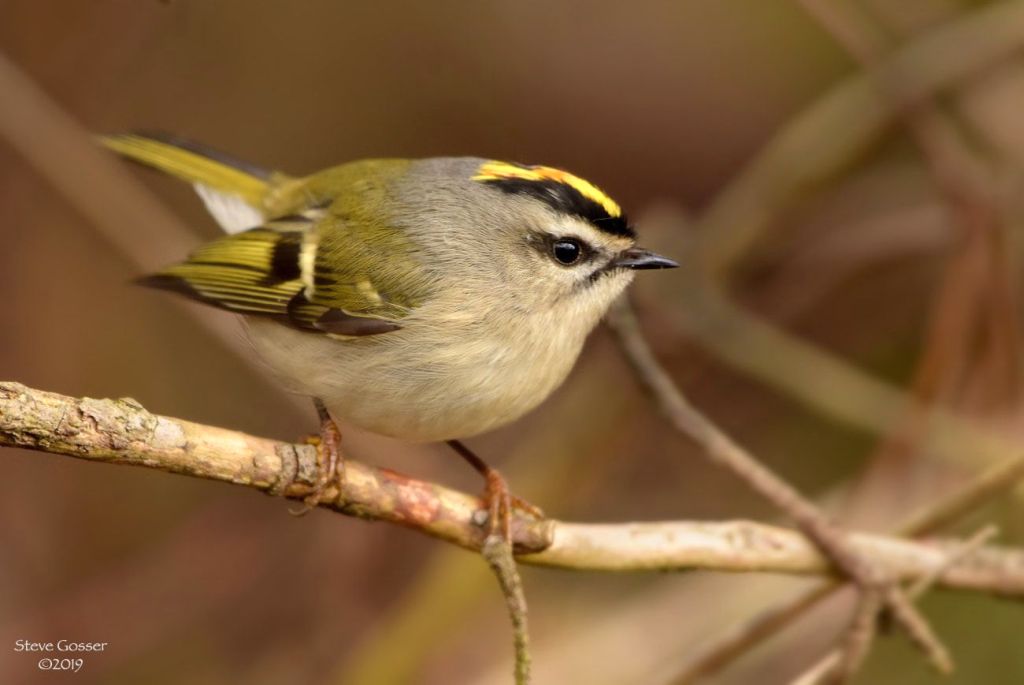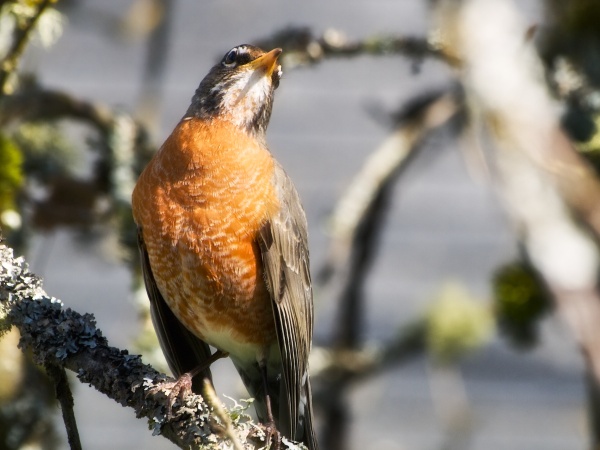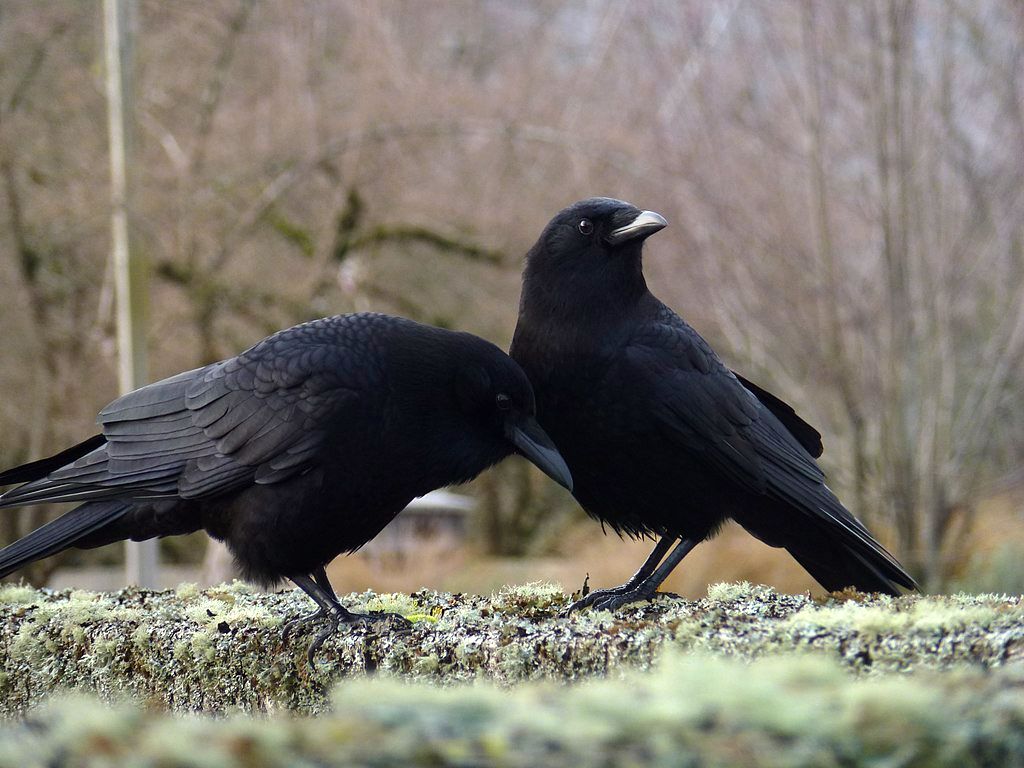
26 January 2021
As the days get longer, members of the winter crow flock start to think of spring. In only six weeks the flock will start dispersing for their breeding territories so those without a mate need to find one soon. Crows mate for life but they don’t pair up until sexually mature at age two. Time is of the essence for young unattached crows.
In the past couple of weeks I’ve noticed new behavior as Pittsburgh’s crows fly to the roost. More aggressive chases and playful tumbling in the sky appear to be interpersonal jousting and perhaps courtship.
Their vocal repertoire is expanding, too. Beyond their raucous caws, crows are making quiet noises when they perch. Here are a few examples.
Rattle call: Kaeli Swift, PhD @corvidresearch says the rattle call is made by female crows.
In the video below a pair vocalizes at a feeder. One bows and rattles (female), the other bobs and ‘welps.’ Then a crowd shows up.
And finally, this crow is making a strange sound. Is he barking?
Do crows whisper sweet nothings to each other? No human can say for sure.
(photo from Wikimedia Commons, click on the caption to see the original; videos embedded from YouTube)

